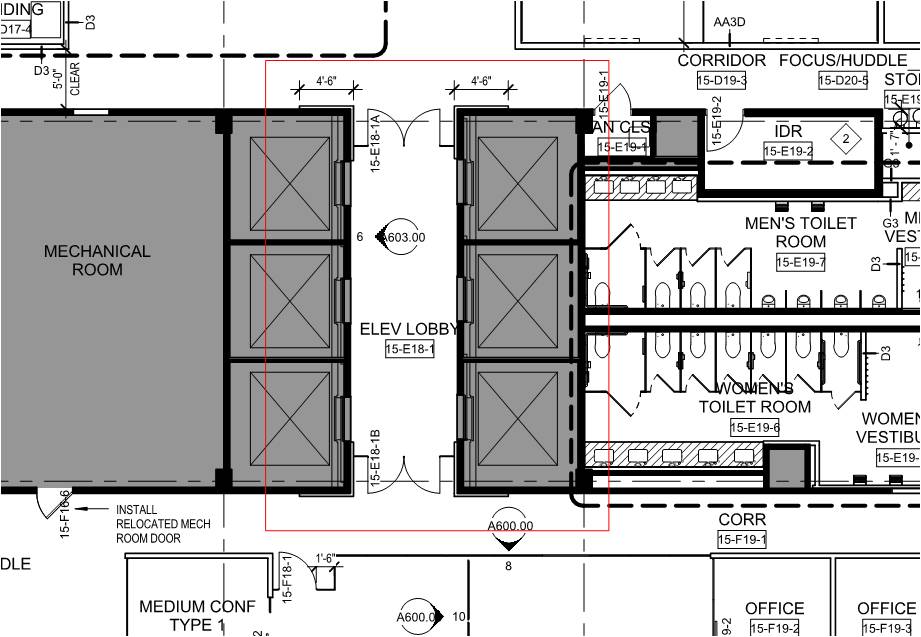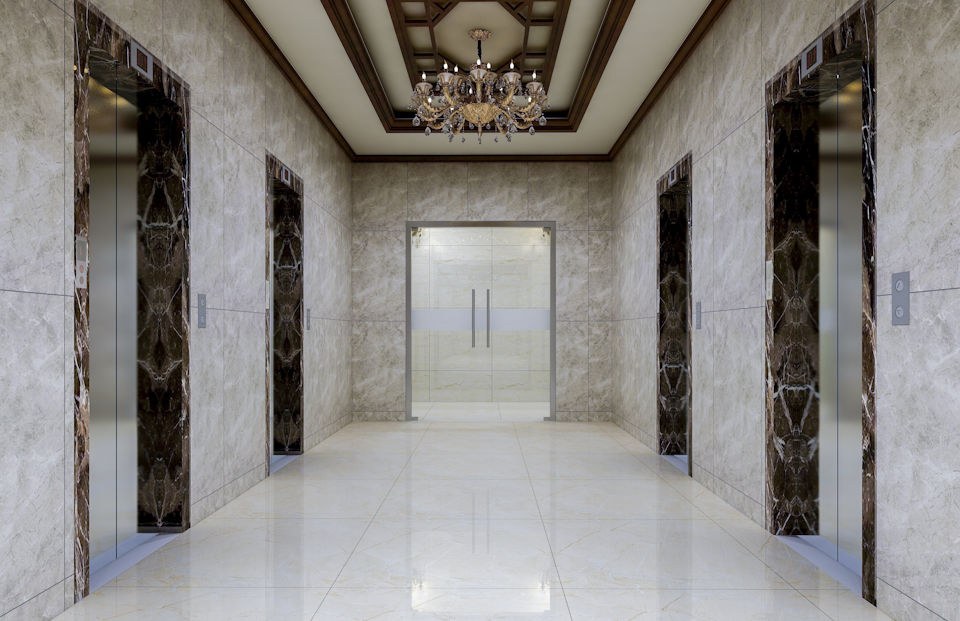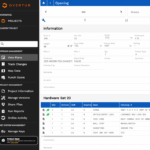 Today’s Quick Question was raised because of changes made to the 2024 edition of the International Building Code (IBC):
Today’s Quick Question was raised because of changes made to the 2024 edition of the International Building Code (IBC):
What type of lock may be used to secure an egress door leading from an elevator lobby to an exit access corridor?
I can’t tell you how exciting it is to be able to definitively answer a question because of a code change that was initiated by the Builders Hardware Manufacturers Association (BHMA) – and me! 🙂
Prior to the 2024 edition of the IBC, the code stated that elevator lobbies must have at least one means of egress complying with Chapter 10 and other provisions within the code. This often created a security problem when the means of egress from the elevator lobby led through a tenant space. The options were:
- a) exit alarms to deter after-hours access from the lobby to the tenant space,
- b) delayed egress locks if permitted for the applicable use group, or
- c) push/pull hardware, passage sets, etc., that provided no security.
Since the 2009 edition, NFPA 101 has included a section addressing the means of locking elevator lobby doors to deter access to the tenant spaces, and several states and cities have modified their adopted codes to allow these doors to be secured. In the interest of consistency and to address current security needs and available technologies, BHMA proposed a similar section for the I-Codes. This proposal was approved and incorporated into the 2024 edition.
 So…what types of locks would comply with the new section? The key considerations are that the hardware must be fail safe. The most common application would likely be an electromagnetic lock. Note that this code section does not require sensor release or door hardware release of the lock.
So…what types of locks would comply with the new section? The key considerations are that the hardware must be fail safe. The most common application would likely be an electromagnetic lock. Note that this code section does not require sensor release or door hardware release of the lock.
Fail safe electromechanical locks could be used, with the fail safe lever on the elevator lobby side of the door. If the doors are equipped with panic hardware, the controlled egress function could be used for doors swinging out of the lobby, or fail safe electrified lever trim for doors swinging into the lobby. If the door is not fire rated, a fail safe electric strike could be used with a mechanical lockset that is locked on the lobby side of the door.
In order to secure elevator lobby doors, all of the requirements of the adopted code must be met. This includes a two-way communication system installed in the elevator lobby. For detailed information about this new code section, refer to Decoded: Elevator Lobby Exit Access Doors. There is also a BHMA Codes in Context document on this topic available on BHMA’s website.
You need to login or register to bookmark/favorite this content.





Leave A Comment